nostalgia
Well-Known Member
Thanks, that looks very similar actually. The only real differences appear to be that you're switching the power to the PIDs separately and have two, 120v circuits. Thanks for that!
-Joe
-Joe

Not at all. I used 120V to seperate the control circuits from the element circuits. This way I could use relative cheap single pole switches to control function.Think it matters?
-Joe
No. I drew the diagram the way Tiber_Brew wanted it. The PID will register temperature all on its own as long as the temp probe is connected. BTW, it's my understanding that the PID will not function if a probe is not connected. (I'll have to test that when I get a chance.) For a temp probe, just don't use the controllers output for the elements.Ok. Do you find a need to switch the PIDs off individually? I was just going to use the master disconnect to shut everything down when I'm done. Can the PID be turned into thermometer-only mode, like for when I'm chilling? I was thinking I'd have to switch it to manual mode then turn it all the way down.
-Joe



![Craft A Brew - Safale S-04 Dry Yeast - Fermentis - English Ale Dry Yeast - For English and American Ales and Hard Apple Ciders - Ingredients for Home Brewing - Beer Making Supplies - [1 Pack]](https://m.media-amazon.com/images/I/41fVGNh6JfL._SL500_.jpg)









No need for apologies; this is exactly the kind of input I was hoping for!Anyway, just some ideas. I really don't mean to jump on your process and for that I sincerely apologize.






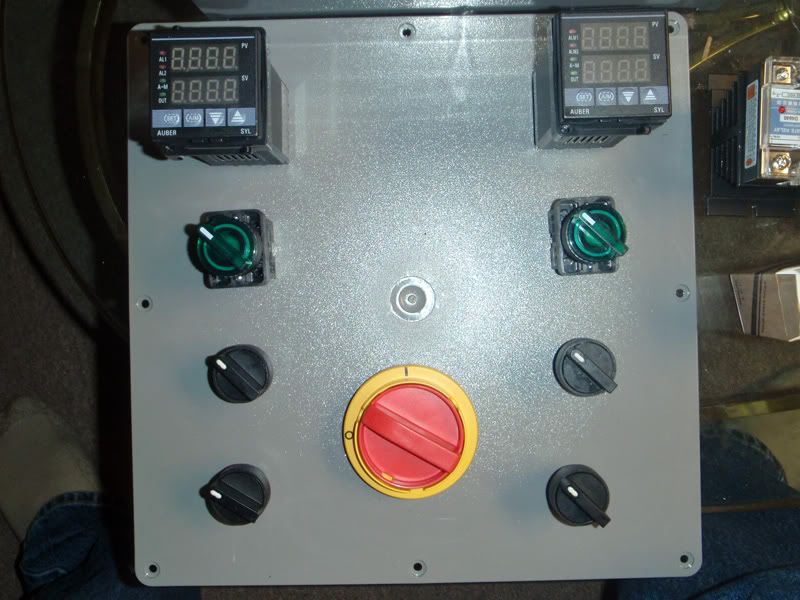
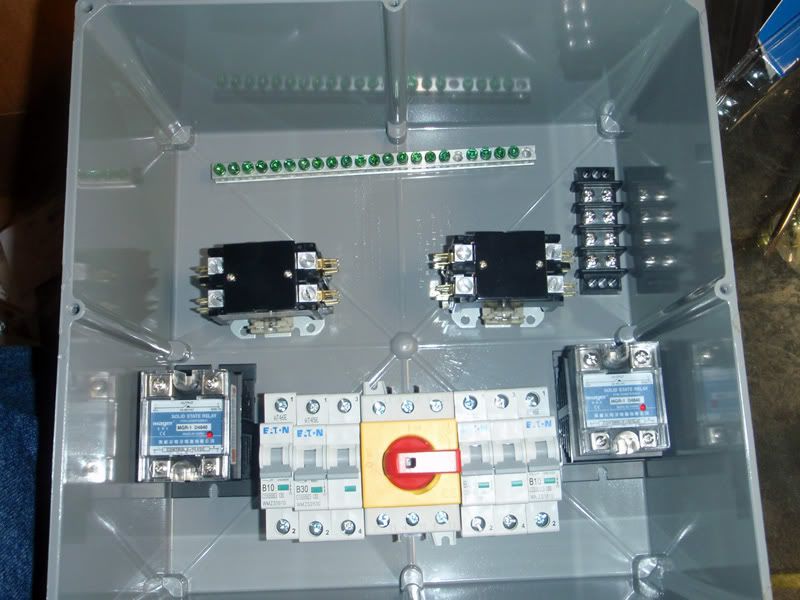
More parts show up. Working on layouts. Will I need to expose the SSR's heatsinks to ambient air somehow?
-Joe
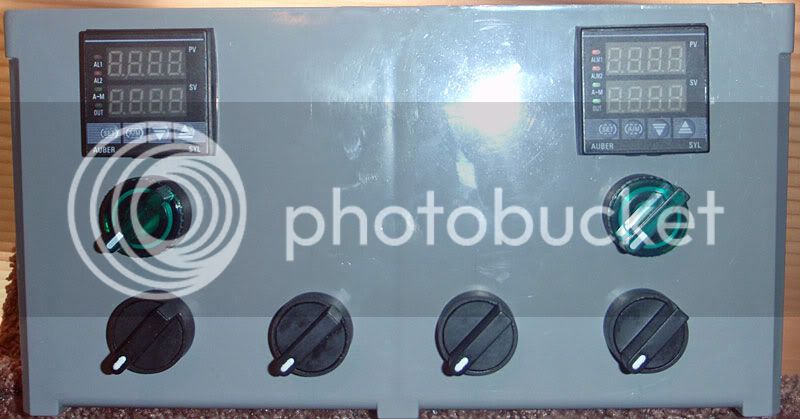
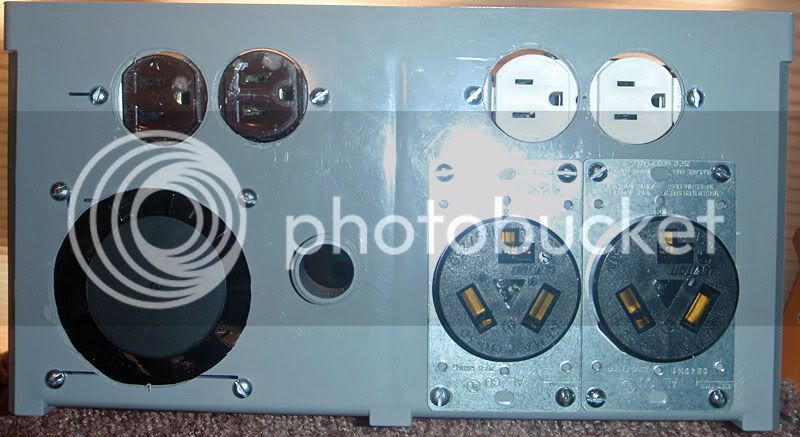
zomg I just want to plug this thing in to see it light up


-Joe
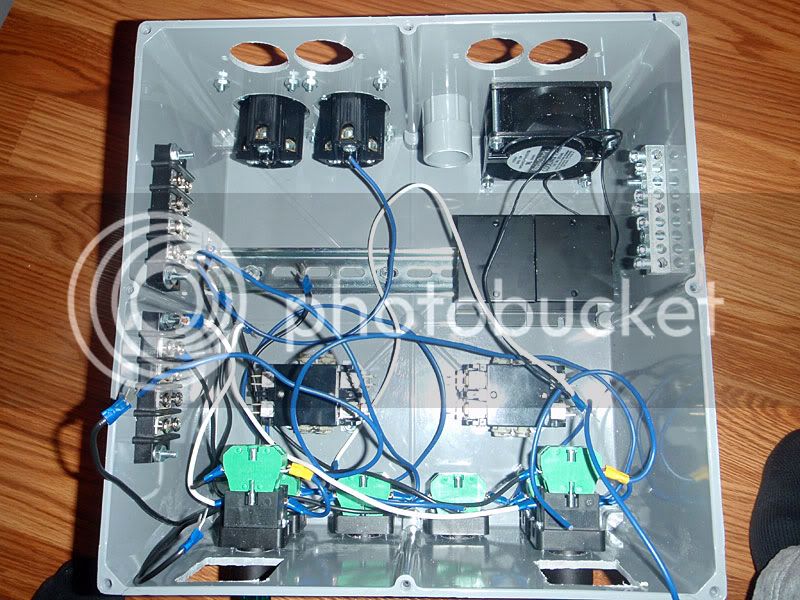
I doubt it will be an issue, but you'd get better airflow/cooling if you rotate those heatsinks 90 degrees.